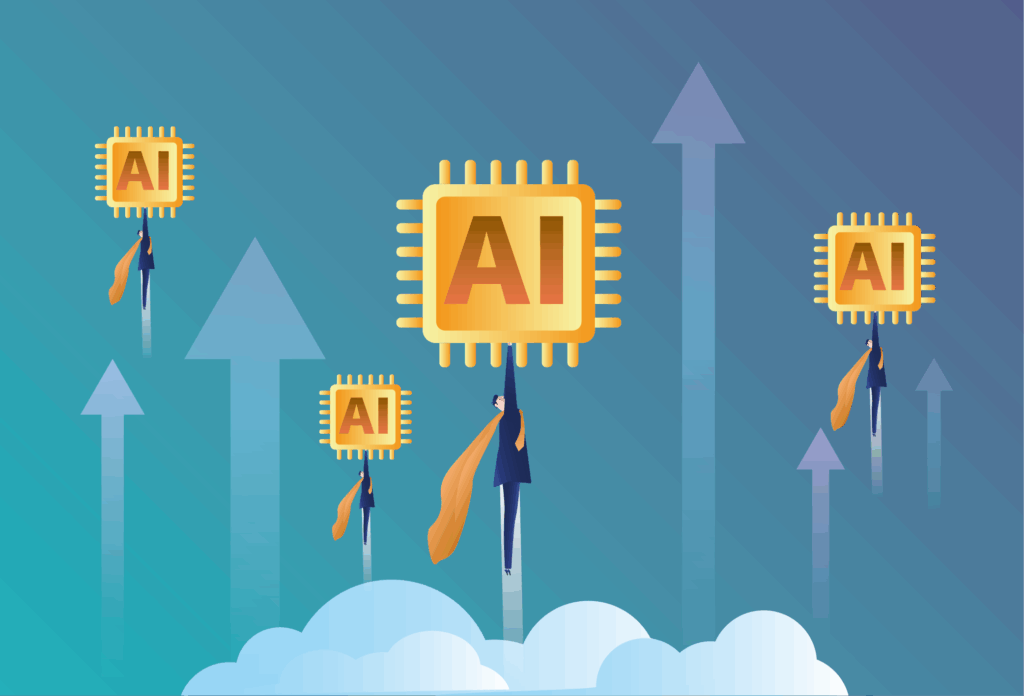
The New Benefits Toolbox

Just when you thought you had benefits season figured out, 2025 is serving up a new level of complexity.
Economic turbulence, rising healthcare costs, and shifting employee expectations are converging to put pressure on brokers. The good news is that technology is giving brokers the tools they need to navigate this shifting landscape.
Several key trends are shaping up to drive this year’s benefits activities:
More options and package personalization. Employers are offering more choices to drive specific employee sentiments and to enable workers to access benefits for their personal circumstances. For example, MetLife’s 2025 U.S. Employee Benefit Trends Study found that dental coverage was associated with improved employee loyalty, while Generation Z and millennial employees prioritize paid leave more than their Generation X co-workers. Brokers can help employers design flexible benefits plans that best meet their goals and employee needs.
Emphasis on whole-person wellness. Employers are also expanding their offerings to include more mental health support, financialplanning services, and other wellness and lifestyle programs. Brokers should guide clients in integrating these elements into their benefits packages to enhance employee satisfaction and retention.
Economic uncertainty and rising costs. Businesses are navigating an economic landscape where the only constant seems to be rapid change.
Moreover, healthcare costs continue to increase. PwC’s Health Research Institute (HRI) predicts an 8% year-over-year increase for the group market and 7.5% for the individual market. HRI also found that actual costs for 2023 and 2024 were higher than originally projected, suggesting that estimates for 2025 may be a starting point rather than a ceiling.
Employers know that the right benefits can help retain top talent. At the same time, current economics are likely to prompt companies to scrutinize their employment expenditures. Those competing motivations could make the entire benefits season—including even the most straightforward renewals—significantly more complex.
The right technologies and insights will be essential to delivering the guidance clients need. Here are three technology developments brokers need to consider in 2025.
Leveraging AI
The topic is everywhere. Technology providers are touting artificial intelligence for all sorts of functions, from writing emails to powering chatbots, and probably to make your coffee order more “efficient.
But beneath the buzz, meaningful progress is happening for benefits brokers. One particularly impactful use is automating the extraction and entry of data from summary of benefits and coverage (SBC) documents. What previously took 30 to 45 minutes per plan can now be done in under five—and with greater accuracy. That’s not just convenience: it is capacity reclaimed during the busiest times of the year.
As benefits plans become more complex and client expectations rise, brokers are under increasing pressure to deliver clarity, speed, and strategic value. AI tools are transforming back-office workflows, freeing up brokers to focus on advising clients and navigating nuanced plan design. It’s not about replacing the broker—it’s about equipping them with smarter tools to stay competitive and indispensable. So, yes, the AI conversation is everywhere, but for benefits professionals, it’s an essential one.
Better Data for Better Insights
Automating and streamlining data entry isn’t just a time-saver—it also improves the quantity and quality of what’s captured. That enhanced data pool is the foundation for insights that empower brokers to tailor client service and better manage their own revenue streams.
Over the past year, AI-backed automation has fundamentally improved the quality and structure of plan data. The offshoot for this year: more accurate quotes and the ability to provide smarter advice about what’s happening in the marketplace. This shift has accelerated the quoting process while enabling brokers to deliver faster, more strategic guidance at a time when precision and speed are more critical than ever.
Integrated Benefits Ecosystems
With a strong benefits management system, brokers can streamline additional workflows, including setting up integrations with benefits administration systems. Integrations between these systems can not only send data into the enrollment process but gather more accurate enrollment information to improve revenue tracking and recovery.
The immediate upshot for brokers is a more precise view of their bottom line, with revenue based on real enrollees. With that data in hand, brokers know what to expect from carrier commission statements, making it easier to capture their full revenue. That’s no small thing. In the long term, employers and brokers alike will see advantages. Automated integration of plan data will improve market insights, while integrating data from the benefits administration system will allow brokers to source increasingly accurate and tailored quotes for their clients.
As 2025 unfolds, benefits brokers are facing demands for sharper insights, faster execution, and deeper strategic value. The stakes are high but so is the potential for meaningful impact. By embracing AI and integrated systems, brokers can offer data-informed guidance across the benefits life cycle. When change is constant and complexity is the new norm, technology isn’t just a differentiator—it’s the foundation for delivering the clarity benefits clients count on.




